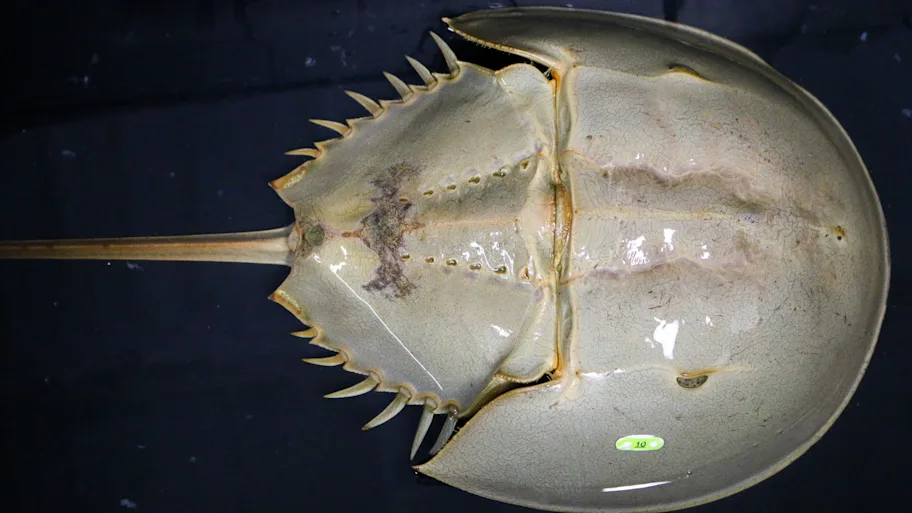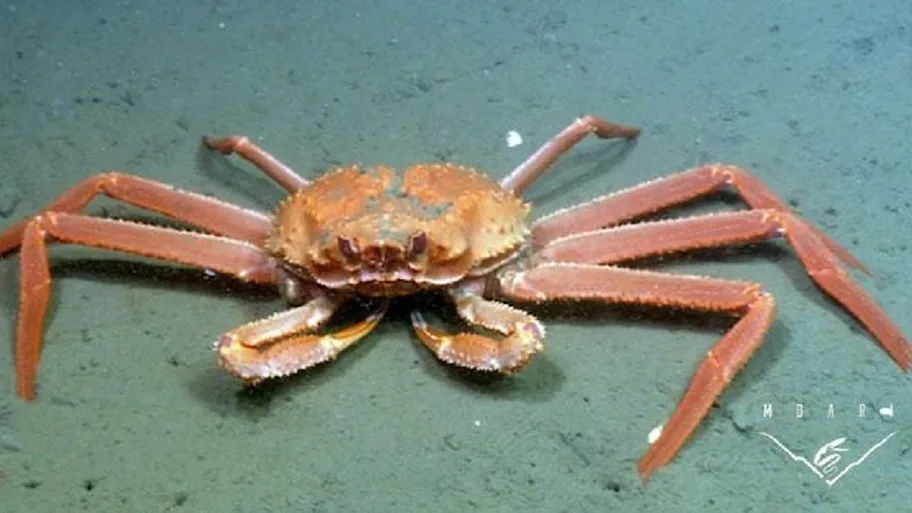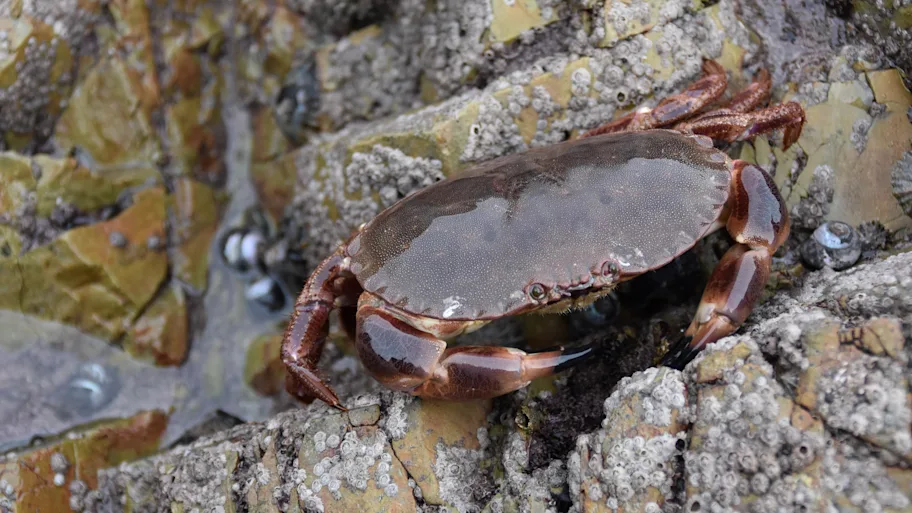
- Science news
- Featured news
- Invaluable to the medical industry, the horseshoe crab is under threat
Invaluable to the medical industry, the horseshoe crab is under threat

Horseshoe crab blood cells are very sensitive to certain bacteria. Image: Shutterstock
The unique properties of horseshoe crab blood make it invaluable for drug and safety testing — but this commercial demand threatens these ‘living fossils,’ along with climate change, habitat destruction and use as bait.
— By Tania Fitzgeorge-Balfour, Frontiers science writer
Blood from horseshoe crabs is essential for many drug, implant and environmental safety tests — but blood harvesting, together with capture for bait and impacts from climate change and habitat destruction, is threatening populations of these “living fossils.” A review published in Frontiers in Marine Science highlights that these continuing threats will detrimentally affect the surrounding ecosystem, including migratory shorebirds who rely on horseshoe crab eggs for food. To enable a sustainable harvest of their blood for the biomedical industry — which currently is entirely dependent on these creatures for drug and environmental safety testing — alternative tests should be explored in conjunction with better harvesting and conservation strategies.
**The Role of Horseshoe Crabs in the Biomedical Industry and Recent Trends Impacting Species Sustainability**► Read original article► Download original article (pdf)
“The horseshoe crab has survived every period of mass extinction in the last 450 million years, but now faces its greatest threats: wild capture for biomedical testing and exploitation as whelk and eel bait,” says lead author Jordan Krisfalusi-Gannon, an intern at Kepley BioSystems Incorporated, USA, and a student at High Point University. “This keystone species, which plays a unique and crucial role in the ecosystem around it, is also threatened by climate change and habitat destruction.”
More closely related to scorpions and spiders than to crabs, the horseshoe crab is commonly referred to as a “living fossil,” having remained unchanged for millions of years. They are an important part of the ecosystem, found along the East Coat of America and Gulf of Mexico. Migratory shorebirds arrive to feed on horseshoe crab eggs during the spawning season, before continuing to northern breeding grounds.
The unique properties of horseshoe crab blood makes it invaluable for the biomedical industry. The blood is also increasingly used for air and water quality testing.
Krisfalusi-Gannon explains, “Cells in horseshoe crab blood are uniquely very sensitive to certain bacteria, such as E. coli and Salmonella, so they have been used to ensure the safety of injectable drugs and implantable medical devices for millions of patients worldwide.”
Dr. Anthony Dellinger, co-author, President of Kepley BioSystems, continues, “The gradual extinction of this once-abundant important species is alarming, and evidence shows many migrating bird populations have been declining in tandem with diminishing horseshoe crab populations. We wanted to find out the scope of the problem and begin to assess alternatives to current harvesting procedures.”
Related: Modern man vs. giant animals
The researchers found several threats to horseshoe crab populations. Along with climate change and habitat destruction, they are a popular bait for whelks and eels, although new regulations hope to minimize over-harvesting. The commercial demand for their blood is also a problem; while the crabs are returned to the water after their blood has been harvested, there are issues surrounding this process.
“There are unintended impacts on horseshoe crab spawning and health from biomedical capture, bleeding and release. The harvest often takes place during the spawning season, when the crabs are easily accessible on the beach. The stress of transportation, being out of water and blood loss pose significant risks to their ongoing health,” explains Waleed Ali, co-author and intern at Kepley BioSystems.
The review highlights alternatives to the current harvesting process, such as tighter restrictions on the process of blood harvesting, the development of new biomedical tests and alternative baits for the fishing industry, as well as investigating the potential for aquaculture.
“Sepsis is projected to cause up to 300-million deaths in the next 30 years due to antibiotic microbial resistance. If a sustainable, robust supply of horseshoe crabs could also be successfully cultivated in captivity, we believe important clinical applications could be employed to detect and treat septicemia to save millions of lives,” concludes Dellinger.
Original article: The Role of Horseshoe Crabs in the Biomedical Industry and Recent Trends Impacting Species Sustainability
REPUBLISHING GUIDELINES: Open access and sharing research is part of Frontiers’ mission. Unless otherwise noted, you can republish articles posted in the Frontiers news blog — as long as you include a link back to the original research. Selling the articles is not allowed.






